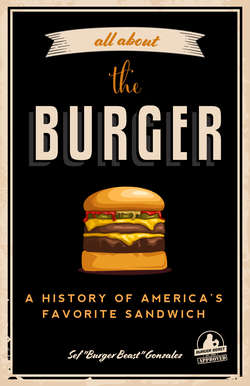Читать книгу All about the Burger - Sef Gonzalez - Страница 16
На сайте Литреса книга снята с продажи.
ОглавлениеWalter Meets Billy
Anderson’s first location proved to be successful, and by 1920 he had added two more stands. Around this time, he met Edgar Waldo “Billy” Ingram, a real estate broker and insurance salesman. Ingram also helped Anderson get the lease for his third location. It was when Anderson attempted to get a lease for a fourth location that some issues arose, and Billy intervened. This new partnership was called White Castle, a name was chosen by Billy, who said that White stood for purity and cleanliness, while Castle represented strength, permanence, and stability.
To get the first stand open, they borrowed seven hundred dollars in bond money, which they paid back in about ninety days. In 1926, the cost to open a burger stand was $3,500, or about fifty thousand dollars today. The first White Castle building had only five stools, measured fifteen by ten feet, and was made of cement blocks. It opened at 110 West First Street in Wichita, Kansas, on March 21, 1921.
White Castle was such a hit that by the end of 1921, copycat restaurants started to pop up.
These stands not only sold hamburgers but used a variation of the “Buy ’em by the Sack” catchphrase. A few straight-up used, copied, or were inspired by White Castle architecture. The best known were Kewpee Hotel Hamburgs (Flint, Michigan), The Krystal (Chattanooga, Tennessee), Little Tavern (Louisville, Kentucky), Maid-Rite (Muscatine, Iowa), Royal Castle (Miami, Florida), and White Tower (Milwaukee, Wisconsin).
Even the cities where White Castle opened faced the same issue. Once they established themselves, new competition would show up. Indianapolis was different. A former employee opened a shop there before White Castle had even arrived.
